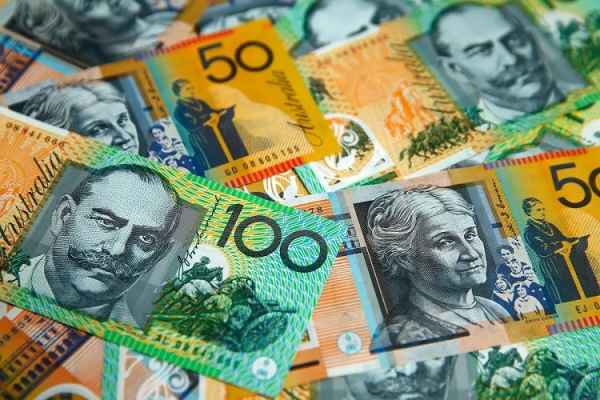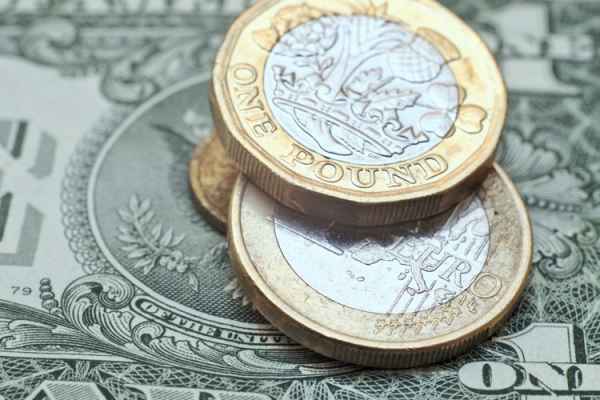Following suspected government intervention from Japan, the bullish trend in USD/JPY appears to have temporarily paused, awaiting the next catalyst.

Yesterday, USD/JPY and various other yen pairs experienced sharp fluctuations, moving hundreds of pips within a short period. Market suspicion arose that Japan intervened to bolster the yen's exchange rate, preventing USD/JPY from breaching the 160.00 threshold and stabilizing volatility. However, Japanese authorities have declined to confirm this explicitly.
The Ninja duo is now consolidating around 157.30. The bullish trend in USD/JPY seems to have taken a hiatus, awaiting the next catalyst, possibly from the announcement of tomorrow's FOMC meeting results.
Masato Kanda, Vice Minister of Finance for International Affairs, once again refused to comment on whether authorities were behind Monday's yen surge this morning. He emphasized that Japan is always prepared to address forex issues, especially if speculators trigger excessive movements negatively impacting people's daily lives.
"Higher prices of import goods are said to be affecting most vulnerable people and could be a drag on Japan's momentum to raise actual wages,". He also stated "The government would need to respond to such moves."
However, Reuters reported that Bank of Japan data suggests the Ministry of Finance injected around 5.5 trillion yen ($35 billion) to boost the yen's exchange rate on Monday. Mitsuhiro Furusawa, a former currency diplomat, also acknowledged that Japan may have taken action this week.
Market participants are now cautious about the possibility of further intervention, leading to minimal fluctuations in various yen pairs. Additionally, the market is adopting a wait-and-see approach ahead of the Federal Open Market Committee meeting.
Consensus expects the Federal Reserve to maintain interest rates in the range of 5.25%-5.50% at the meeting while delivering a somewhat hawkish message. Such a message could support speculation of delaying rate cuts until November or even next year — in line with recent high US inflation data. However, the US dollar faces downside risks if the Fed instead delivers a dovish message or supports earlier rate cuts.


 Dedicated FREE FOREX VPS
Dedicated FREE FOREX VPS Free FOREX Virtual Private Server
Free FOREX Virtual Private Server MT4 Demo Contest, Get $500
MT4 Demo Contest, Get $500 Sign Up for an Account, Claim 60% Deposit Bonus
Sign Up for an Account, Claim 60% Deposit Bonus Free MT4/MT5 VPS 2024
Free MT4/MT5 VPS 2024 Send E-mail and Get Free Merchandise
Send E-mail and Get Free Merchandise $1K Refer a Friend Bonus for Pepperstone Pro clients
$1K Refer a Friend Bonus for Pepperstone Pro clients Maximize Your Earnings with 100% Deposit bonus
Maximize Your Earnings with 100% Deposit bonus Trade to Win, $5,000 Monthly Demo Contest
Trade to Win, $5,000 Monthly Demo Contest Claim 30% + 15% Deposit Bonus from LiteFinance
Claim 30% + 15% Deposit Bonus from LiteFinance











